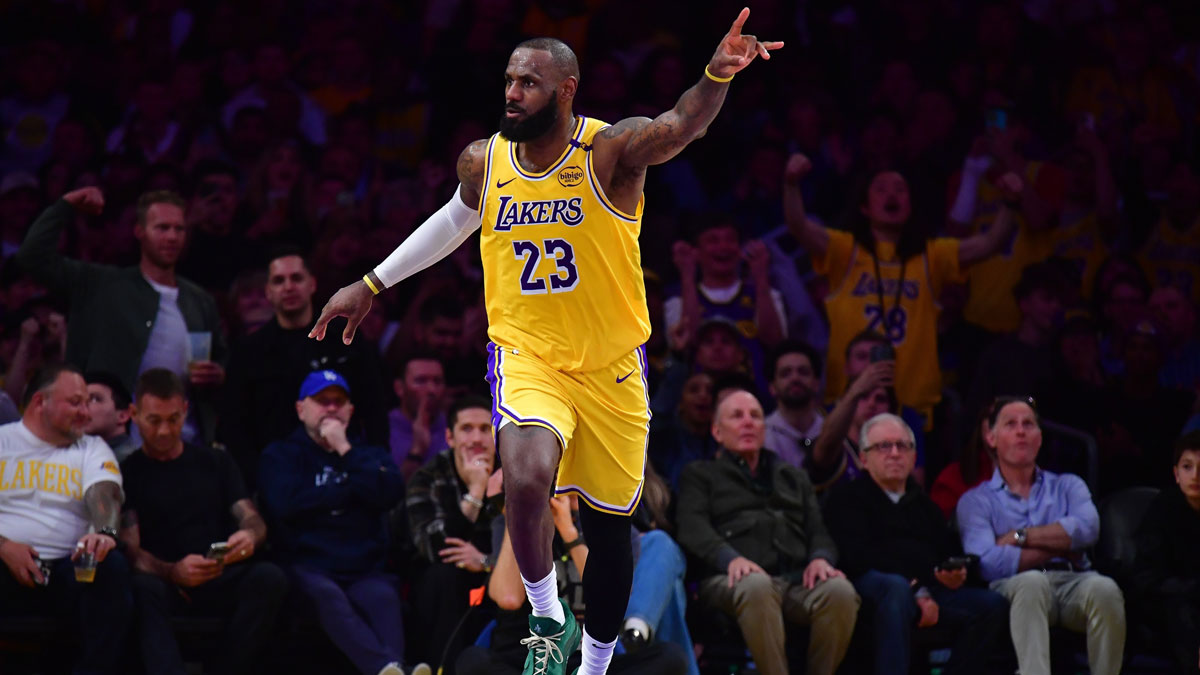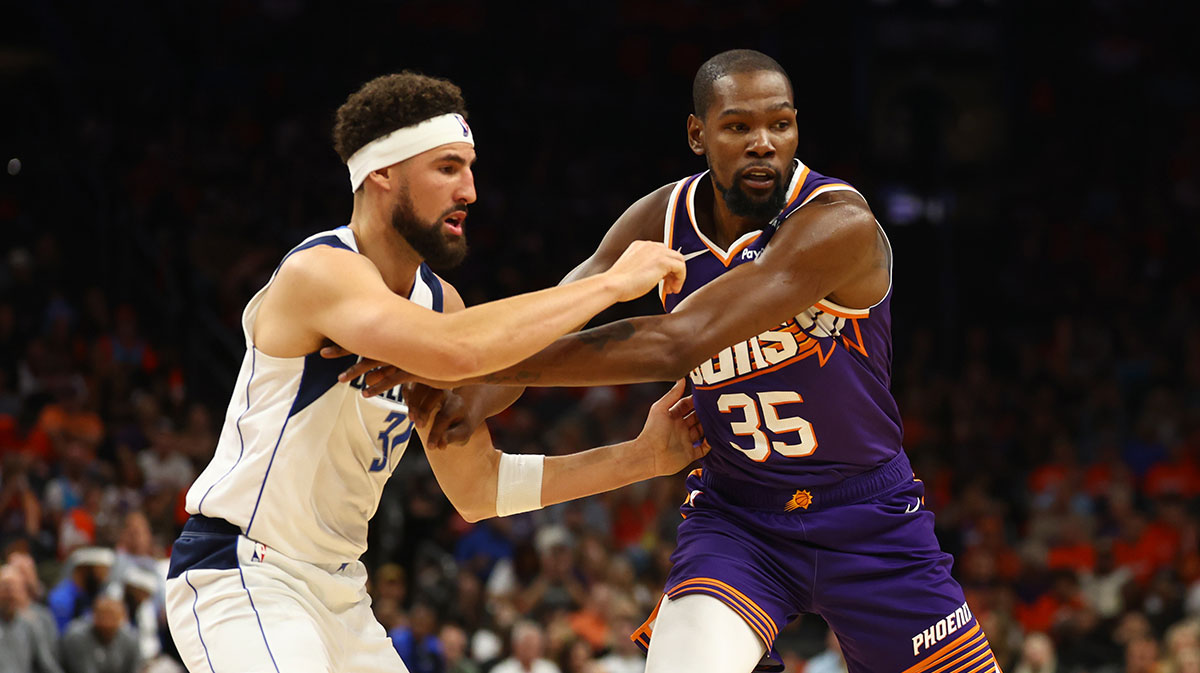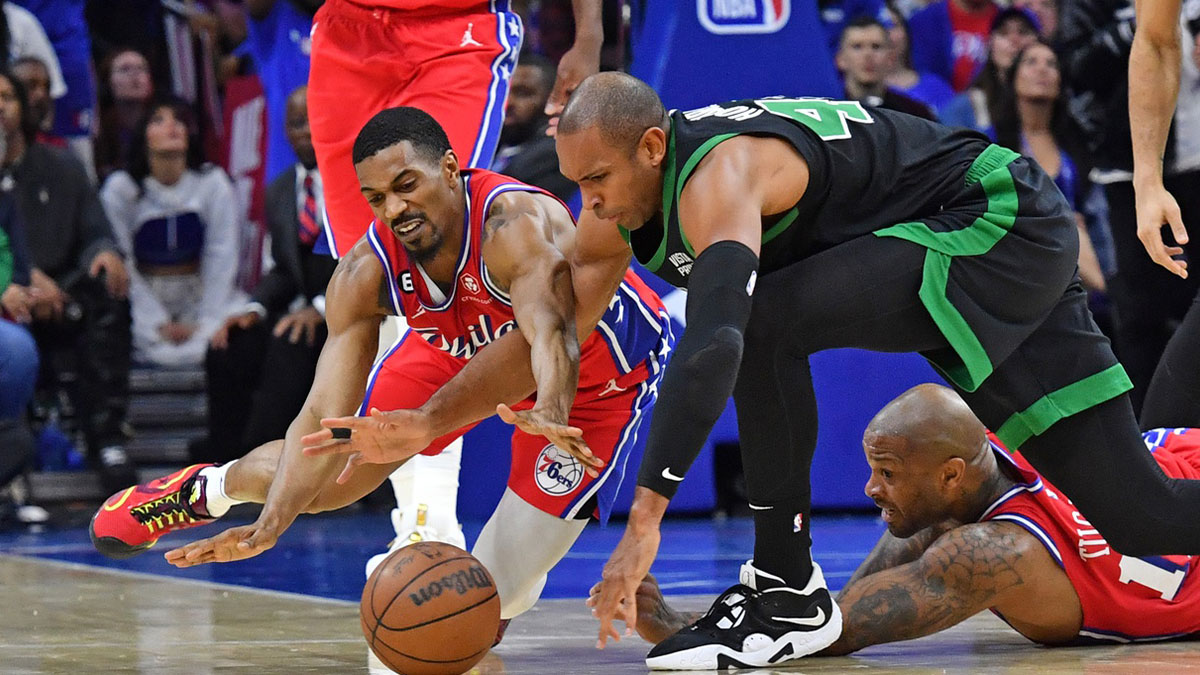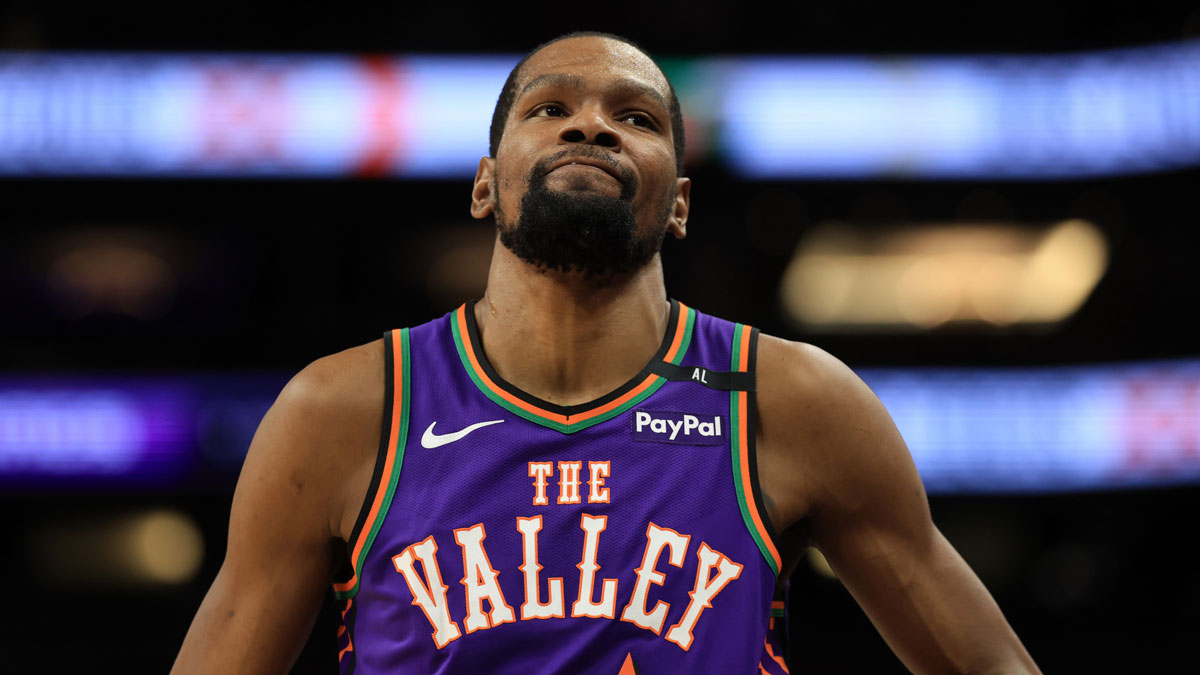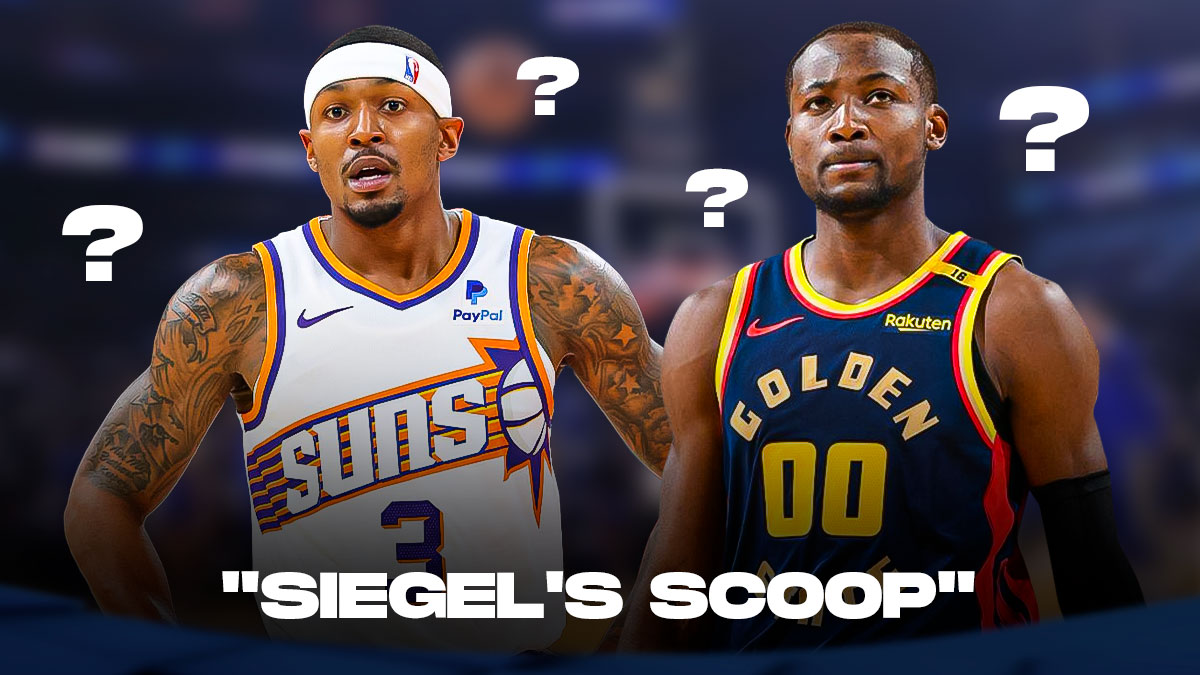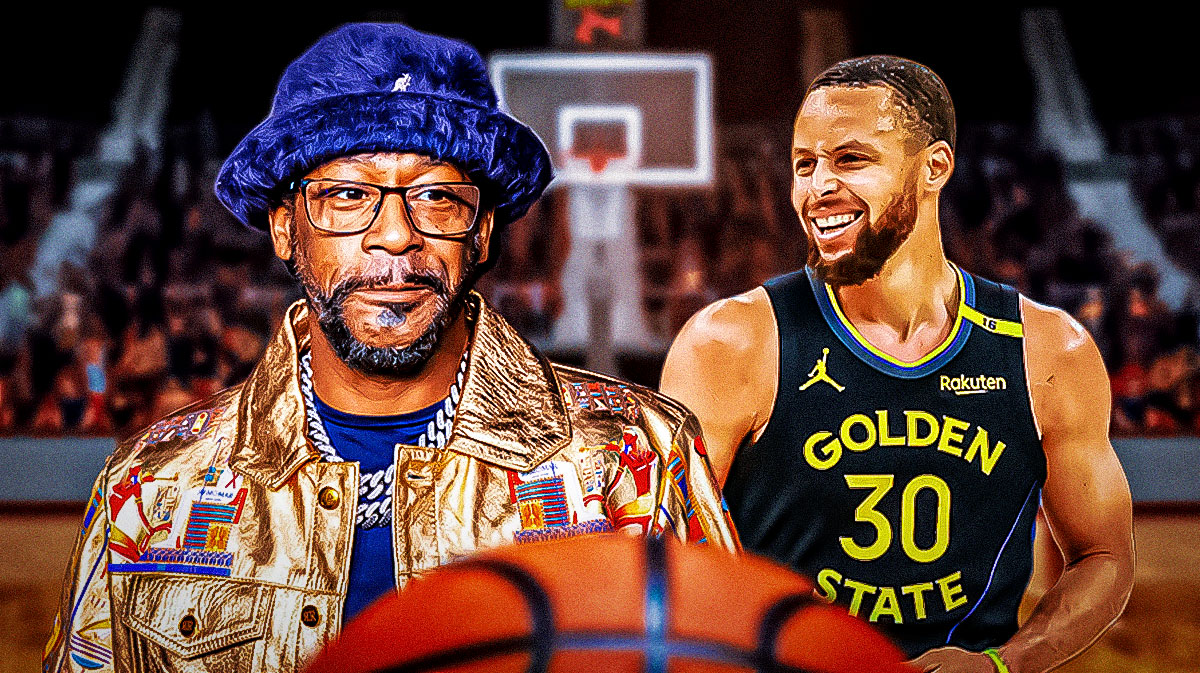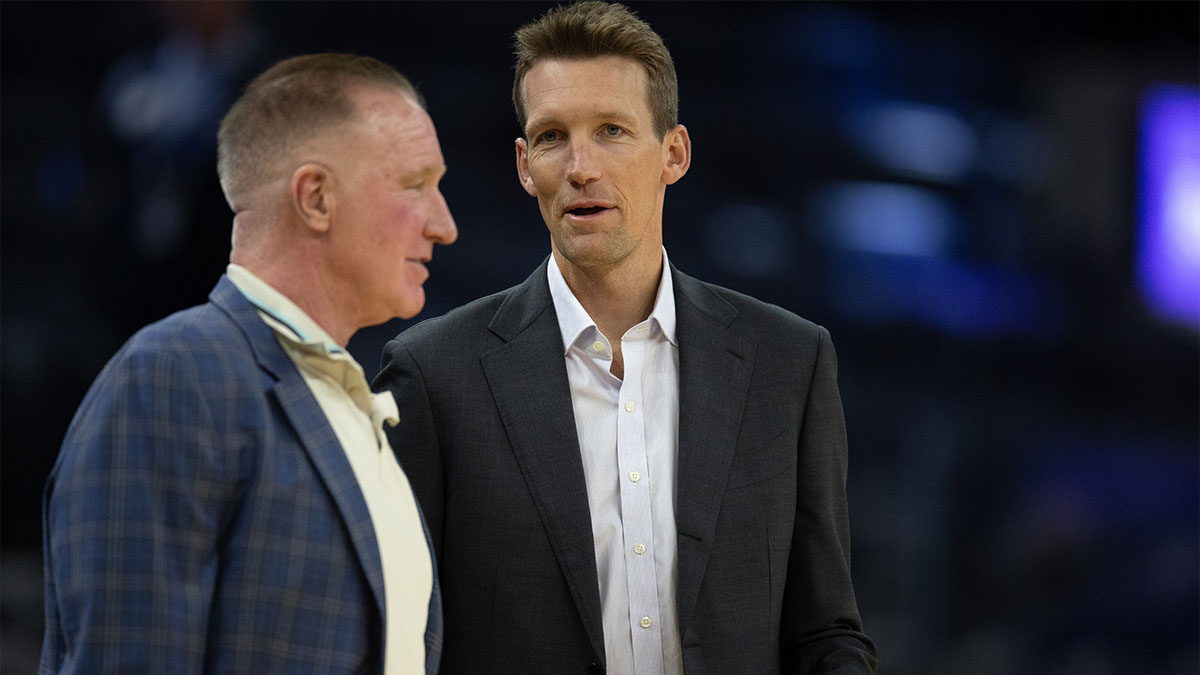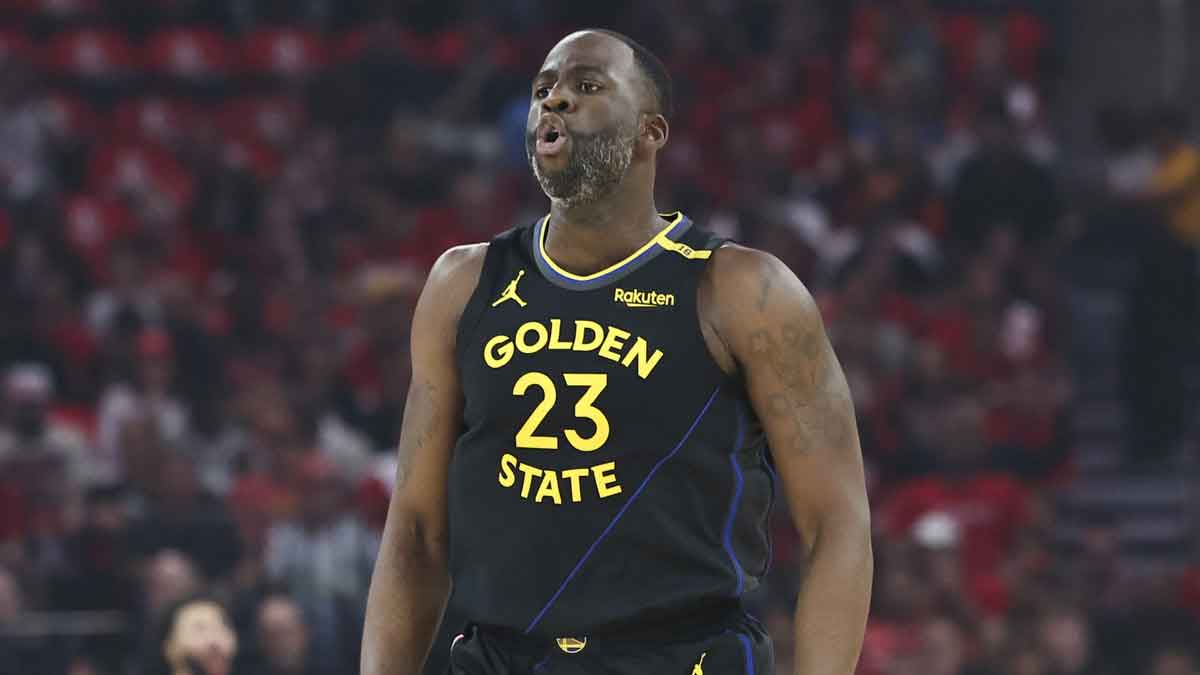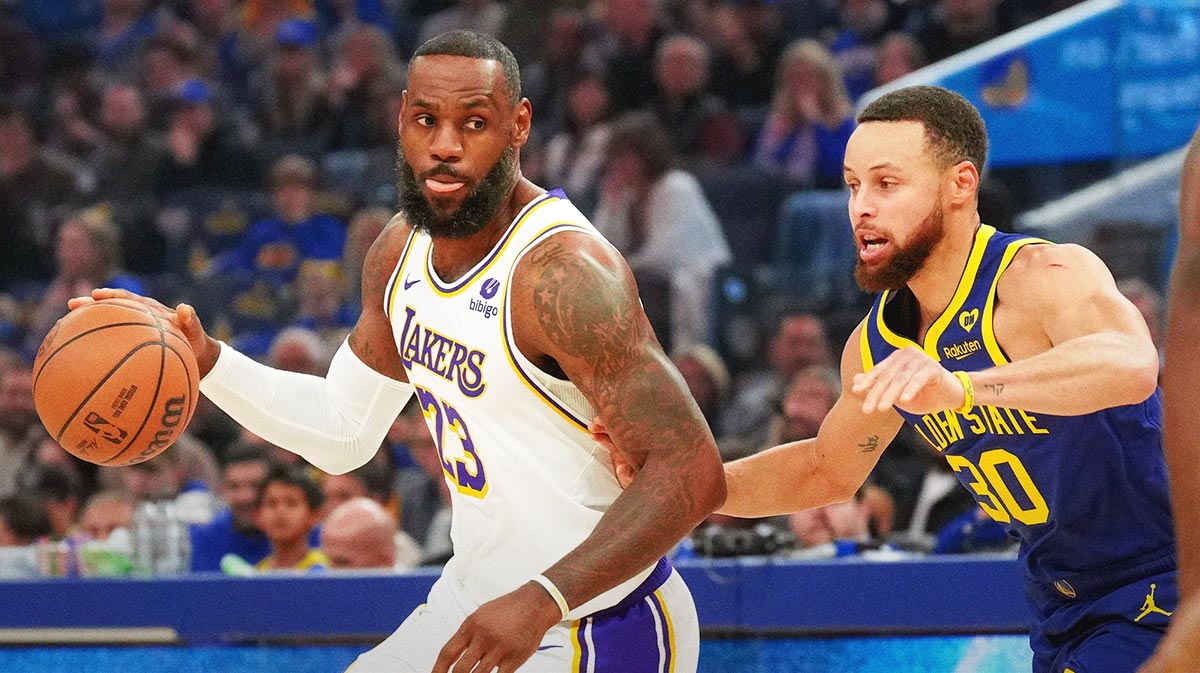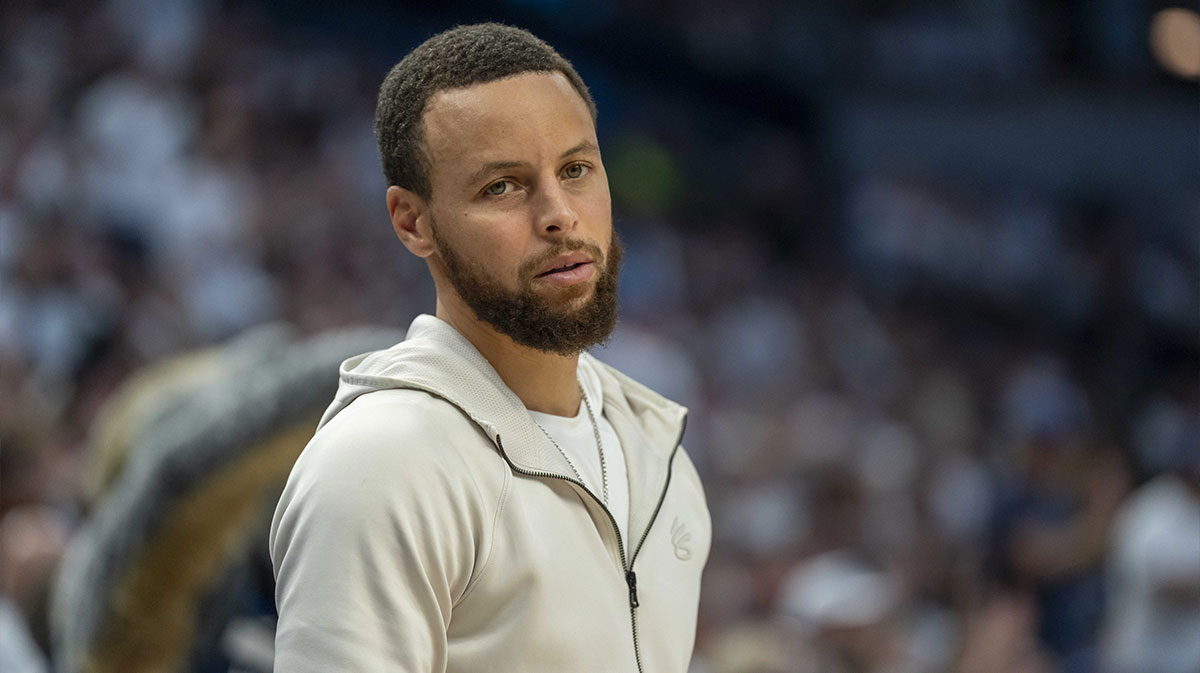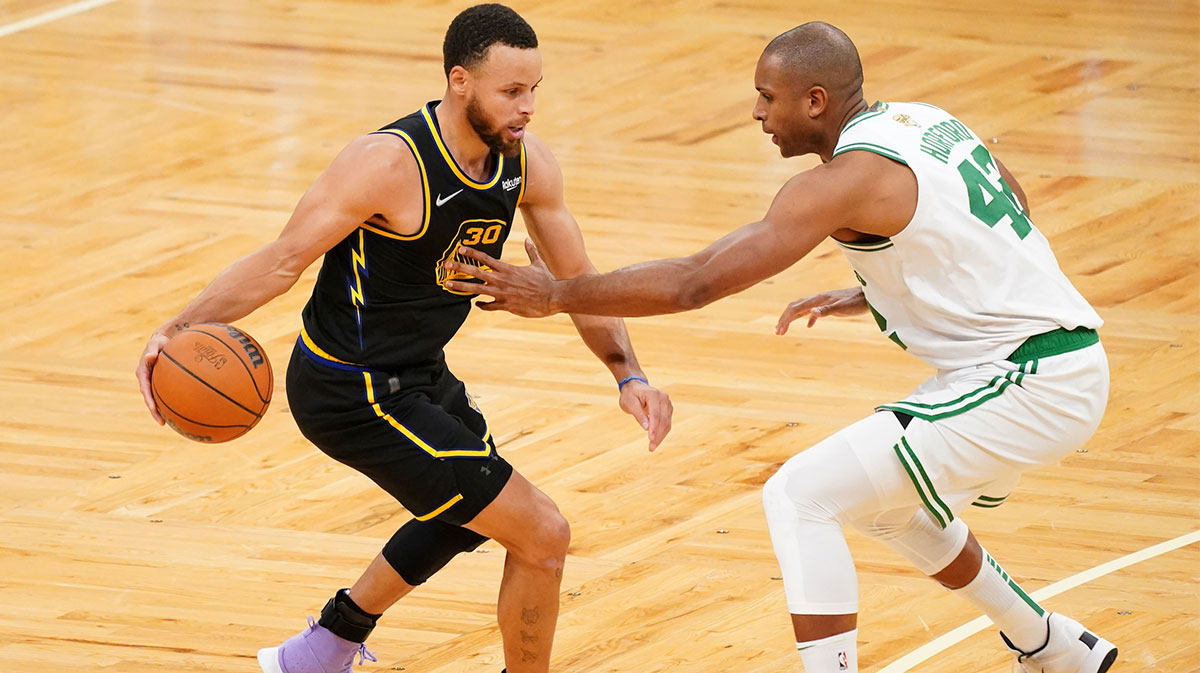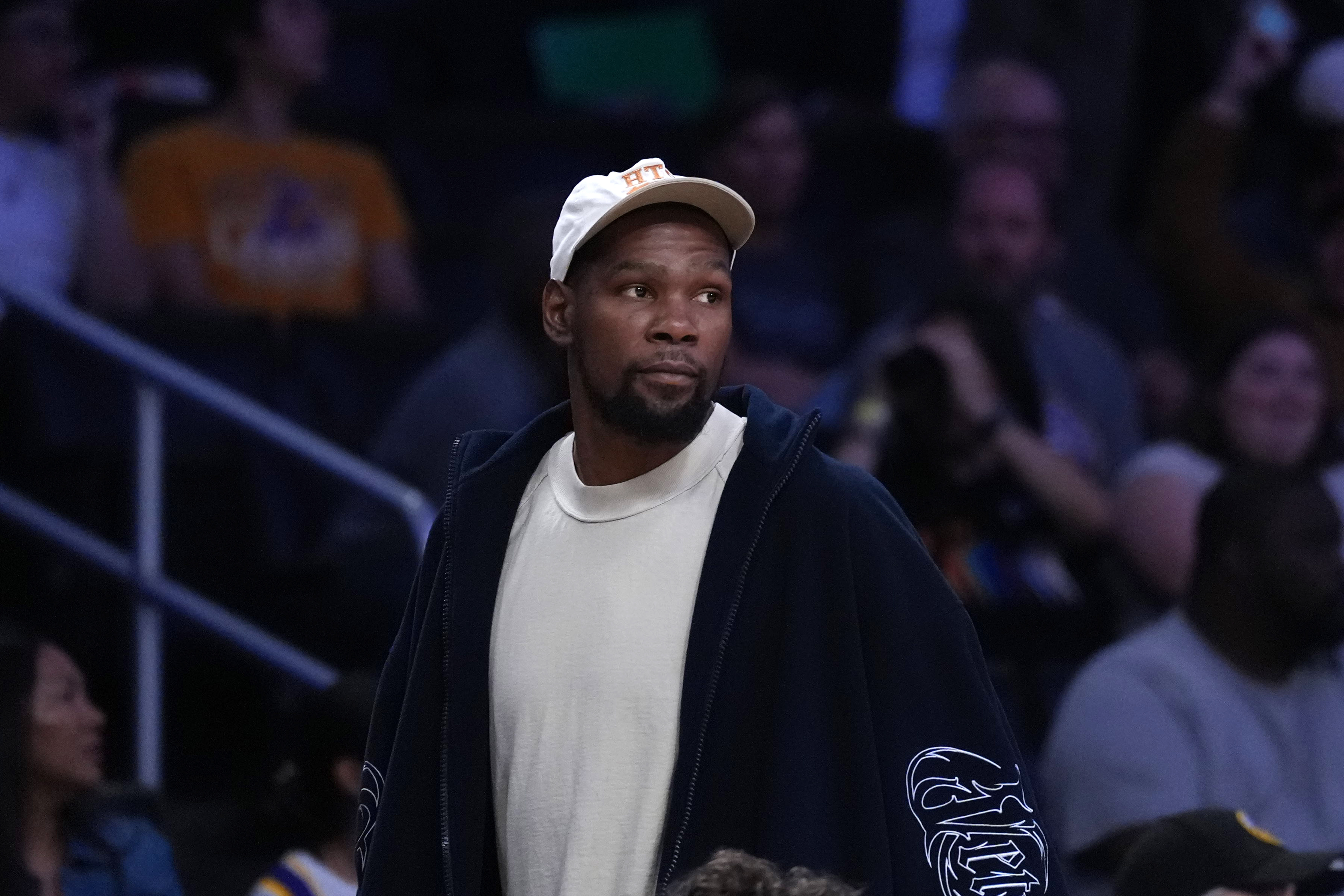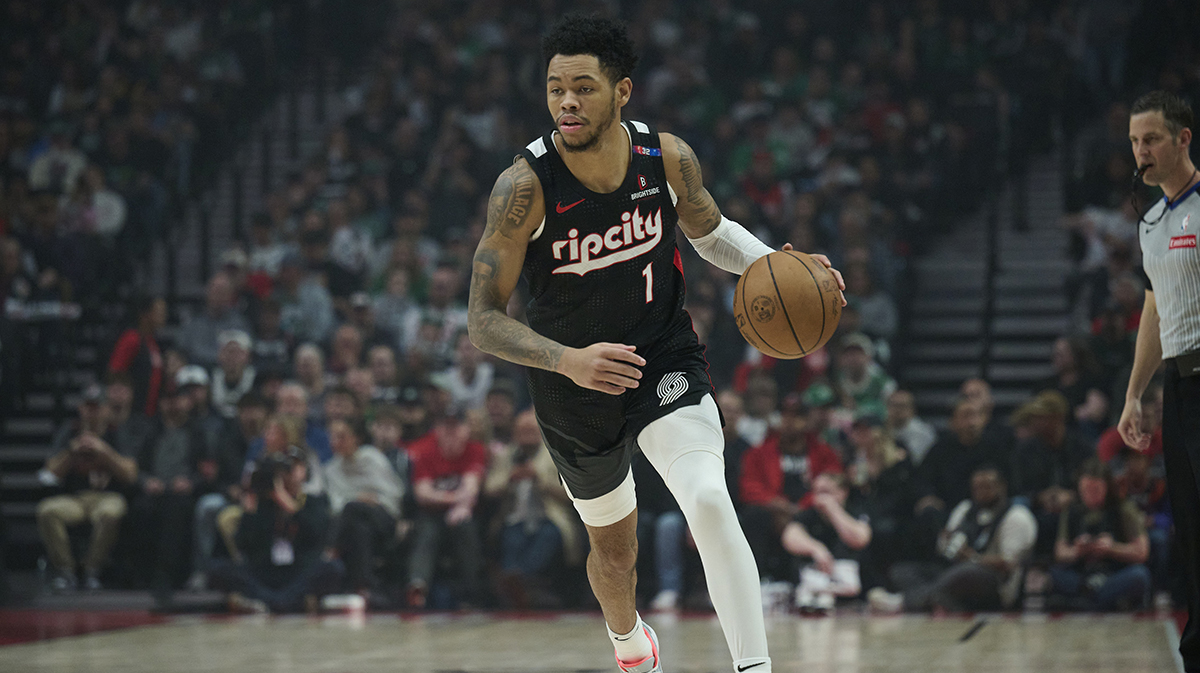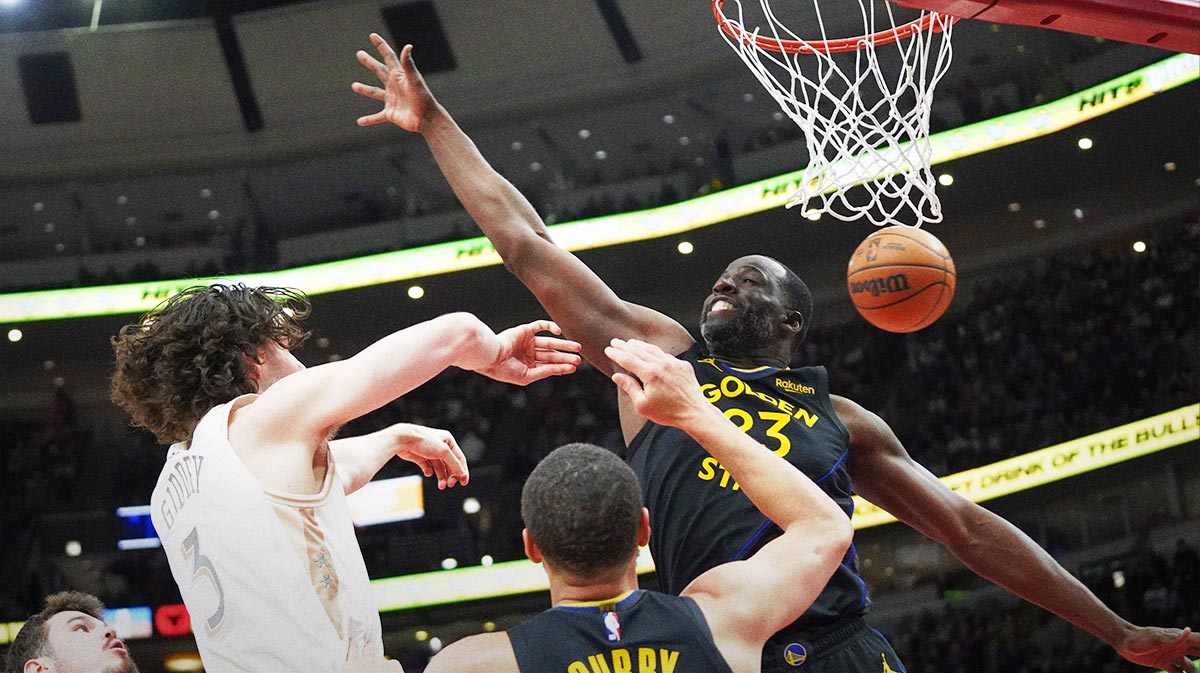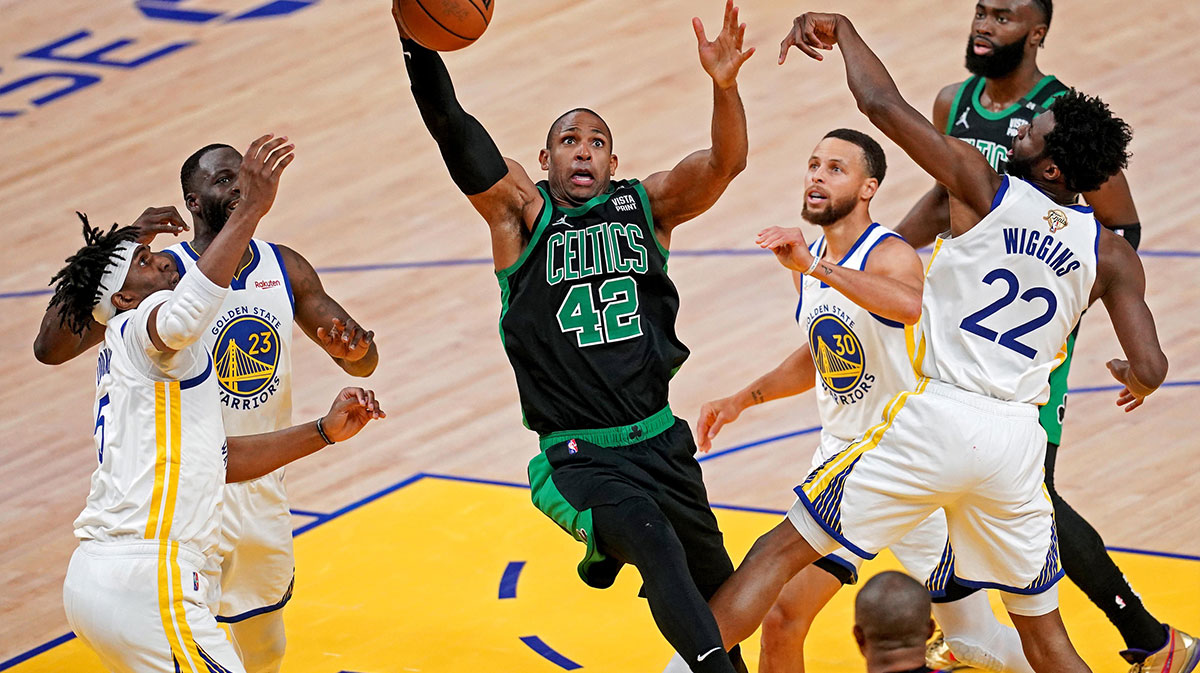The NBA first instituted the max contract and mid-level exception provisions after the 1999 lockout. Furthermore, the luxury tax was also created to prevent teams from going too far over the salary cap.
That was necessary because large market teams would enjoy a death blow advantage due to their ability to produce more funds by location alone. The 1999 collective bargaining agreement was the last agreement signed that made a huge impact in the NBA.
Until this day, it has become a foundation that is constantly being massaged and modified by the league trying to find the right mix of concessions for players and owners.
Max contracts benefitted the best players in the form of compensation and also allowed for teams to pay others fairly as well. Without fully knowing the consequence, it encouraged player movement in free agency, but also gave incentive for stars to remain with their original teams.
Star players are given an extra year on their contract if they choose to remain with their current teams, but that didn't always matter because the amount wasn't significant enough.
In the new CBA, teams will be able to offer players a longer extension before their contract ends to encourage them to remain where they are. It lends the option to offer max deals to players earlier, similar to restricted free agency. While this won't prevent players from leaving altogether, it will still help some teams retain their guys.
Kevin Durant wanted a change and left the Oklahoma City Thunder to continue his career with the Golden State Warriors. Once a player decides to leave a team, there is no provision that can be made to stop that from happening.
That will always be the exception to the rule, but things are slowly changing. Each labor agreement will add more incentives to influence player movement or non-movement to remain at home.


